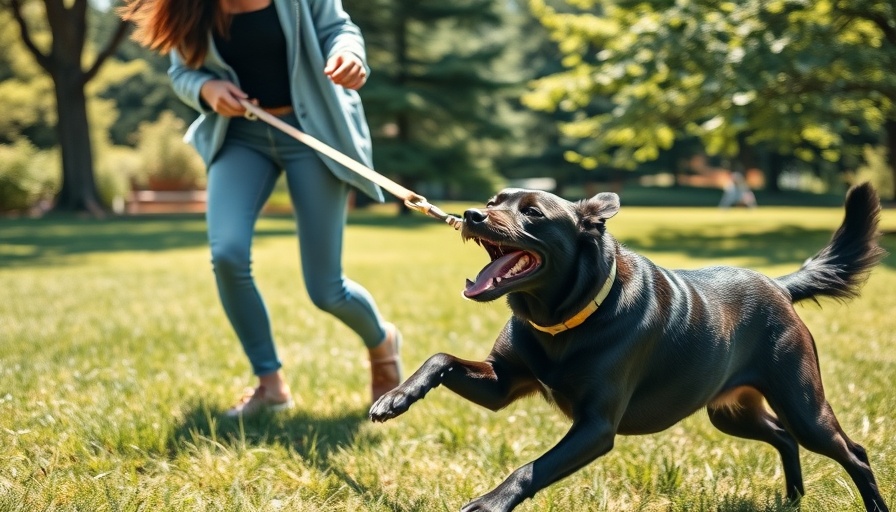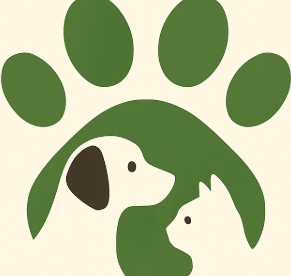
Understanding Dog Aggression: Why Does It Happen?
Dog aggression, especially towards people and other animals, can stem from various sources such as fear, territoriality, or lack of socialization. These emotions can lead to a “fight or flight” response, manifesting as barking, lunging, or biting. For many pet owners, this behavior triggers anxiety and confusion, especially when it impacts daily activities like taking a dog for a walk.
In 'How to STOP Dog Aggression to Dogs/People', we explore the complexities of canine aggression and offer key insights that can foster a more stable environment for both pets and their owners.
Create a Safe Environment for Your Dog
Providing a calm and secure space for your dog is key to addressing aggression. Ensure your home is free from perceived threats, and consider using pet-safe cleaning products to reduce anxiety-inducing scents. Additionally, implementing a pet vaccination schedule can safeguard your dog’s health, which in turn can contribute to a better demeanor.
Establishing Leadership Through Training
Training is a critical aspect of dealing with an aggressive dog. As discussed in the video, building an effective leadership role is essential not only for commands but also for emotional security. Simple actions, such as establishing clear boundaries and practicing consistency in behavior, can significantly transform a pet’s reactivity. Professional dog training classes tailored to your dog's specific needs can be invaluable in developing this leadership dynamic.
Practicing Calmness on Walks
Walking with an aggressive dog can be a daunting experience. It's crucial to teach your dog how to behave during walks, which means not allowing them to pull on the leash. Gradual exposure to environments with distractions is key here. If your dog reacts to other dogs, redirect their focus back to you using treats, and gradually increase the level of challenge as they become more settled. Consider using eco-friendly pet supplies like leashes designed for comfort and control as you work on these skills.
Your Role as a Protector
As their guardian, your dog looks to you for assurance. Understanding that their aggression may stem from fear allows you to provide the necessary support. Just as Natalie learned with Oreo, becoming your dog's protector and mitigating their fears is vital. Observing triggers and knowing when to intervene can help your pet feel secure and reduce aggressive outbursts.
Positive Reinforcement and Socialization
Celebrating small wins is tremendously effective. Reward your dog for calm behavior when encountering perceived threats. As you gradually acclimate them to a variety of social situations, start with controlled environments, such as coffee shops with outdoor seating, before escalating to busier areas. Incorporating holistic pet care services can boost this process by providing added health benefits to your dog.
Take Action Now!
To transform your dog’s aggression into confidence, it requires time, patience, and consistent practice. Training your dog should be seen as a journey rather than a destination. Remember, every step forward is a step toward a more harmonious life together. If you are finding this process overwhelming, consider reaching out to trained professionals. They can provide critical assistance and customized plans that align with your specific needs. Take proactive steps today, and do not hesitate to explore resources like organic dog treat subscriptions as part of your training efforts.
 Add Row
Add Row  Add
Add 




 Add Row
Add Row  Add
Add 

Write A Comment